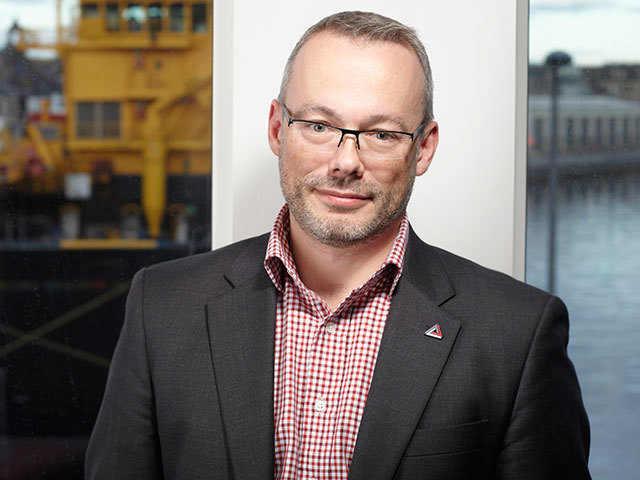
For months now, the industry has been discussing the need for a simplified safety agenda; industry-wide practices and policies which ensure the safety of the workforce, and which cut down on complexity, confusion and cost.
The Step Change in Safety Leadership Team, the Steering Groups and workgroups agree. So what’s actually being done?
Don’t get me wrong – positive conversations, productive meetings and active workgroups are great. But change is made when action is taken, not just talked about.
There are many examples of how we’ve worked together to deliver common standards and achieve industry wide adoption.
Here’s an example. In October 2014, Step Change introduced a Common Clothing Policy for the whole of the UKCS.
Before the policy was introduced, many companies had different practices for flying offshore: three layers or two layers; jeans or no jeans; hoodies or no hoodies.
The Policy was introduced so that every person who travels offshore is wearing the same type of clothing at the same time of the year, regardless of the company.
The simple piece of standardisation was a pivotal part of the passenger size strategy.
Now let’s be honest: it’s common sense to have one policy for the whole UKCS that will help to keep people safe.
So why do we have 800 safety training courses, different induction courses for each platform or different pieces of safety guidance for every company?
If we want to stay safe, we have to cut the confusion and chaos that comes with these duplicated policies, and streamline them instead. Hopefully then our safety representatives will stop asking why they and their colleagues have to constantly repeat the same training.
Tackling and removing these obstacles is a key part of engagement with safety. Not only should this improve our overall safety performance, but we can avoid unnecessary spend.
The duplication of processes, policies and guidance is one of the problems that will be addressed at the first Step Change Safety Summit next month.
At the Summit, Step Change representatives, members of the workforce and key industry leaders will demonstrate how, as an industry, we can work together to address the big safety issues in our current climate, while ensuring the safety of the workforce is never compromised.
There is no doubt that this next step presents many challenges, but someone has to take the first step in making broad cultural changes in the UKCS. Our aim? To challenge complexity, standardise processes, engage with the workforce and, as a result, sustain safe, reliable operations.
I look forward to seeing you at the Summit, where we can start turning conversations into actions.
Les Linklater is an executive director at Step Change in Safety
Recommended for you
